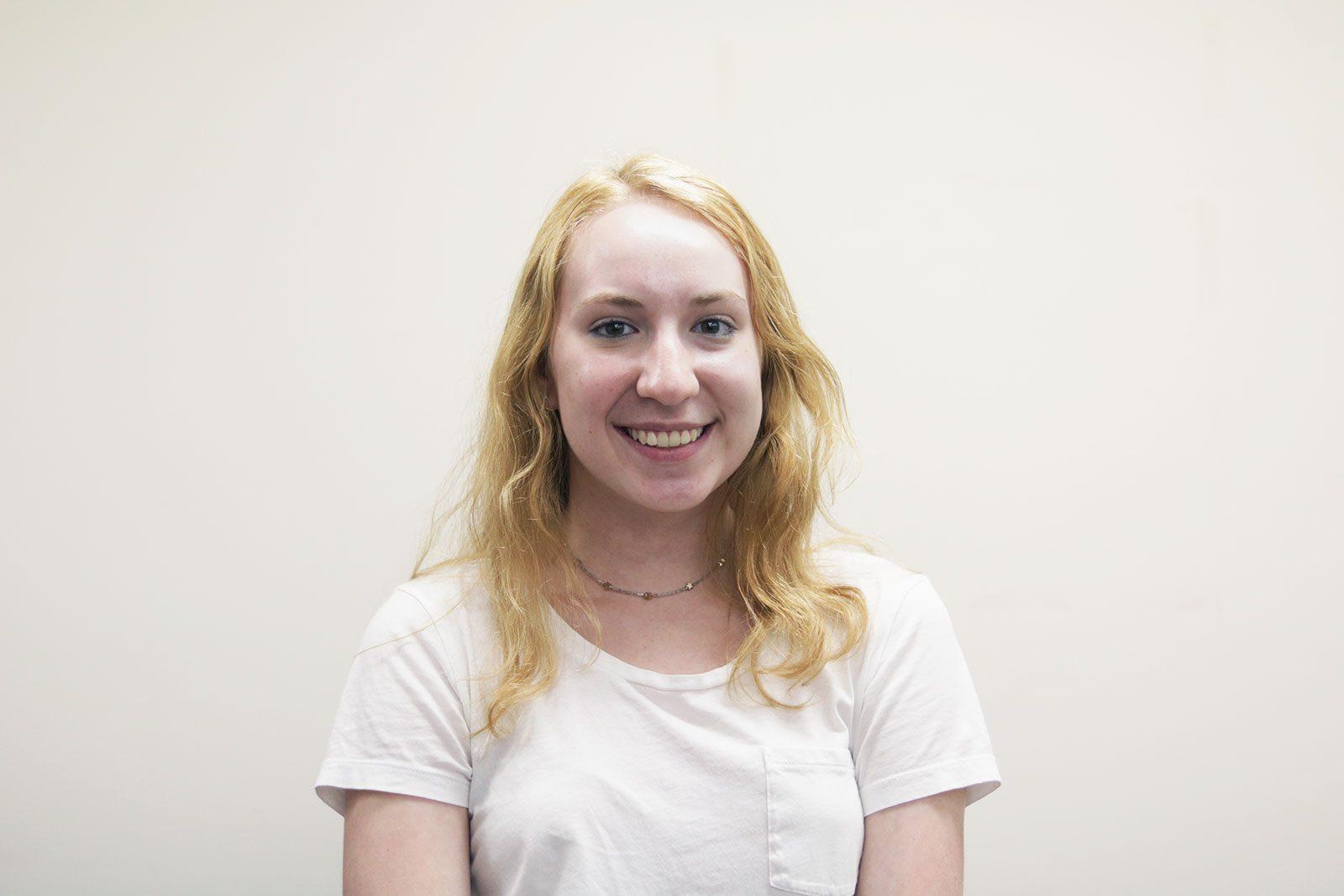If there’s one thing I remember from high school economics, it’s that unfortunately, nothing is ever truly free. It is an unavoidable truth, but it raises a question: are my government-subsidized services costing me?
As the school year begins, this is what many middle-class families across the U.S. are asking themselves. Parents naturally want what is best for their children and actively pursue a path that allows them greater opportunities in the future, but more and more American families are having to exert themselves financially to secure the best public education for their child — which calls the term “public education” itself into question.
The motivation of these parents lies in the fact that not all public schools were created equally. This reality has its roots in the 1896 US Supreme Court case Plessy v. Ferguson, in which the Supreme Court famously ruled that segregated schools and public spaces could be “separate but equal.”
The ruling was reversed in 1954 with Brown v. Board of Education and a path toward integration began, but public schools — especially high schools — continue to suffer from inequalities in education as manifested in standardized test scores, graduation rates and college acceptances, among other indicators.
Take, for example, two public schools where I’m from, Montgomery County, Maryland. Walt Whitman High School is located in Bethesda, less than half an hour away from Paint Branch High School in Fairland. Whitman has an average SAT score of 1289 and a graduation rate of 95 percent; meanwhile, Paint Branch has an average SAT of 1064 and a graduation rate of 90.6 percent.
Looking at the nation as a whole, these discrepancies are negligible; 46.5 percent of the Montgomery County budget goes toward public schools. One can only imagine the educational quality deficiency in public schools with even less funding.
These discrepancies lead more and more parents are seeking to buy property in school districts with “better” schools. But, this is easier said than done and doing so requires taking out massive mortgages on homes with higher values than what they would be paying in alternative school districts.
To put this into a more concrete perspective, let’s return to Montgomery County Public Schools. The median home value in Walt Whitman’s district is around $877,300, while that in Paint Branch’s district is $307,100. For parents who want the educational quality that Whitman is known for, it costs them roughly 185.7 percent more.
This leads to savings being allocated toward mortgages and away from emergency or disposable funds. Credit scores may be damaged due to late payments or mortgage restructuring, which in turn can cause difficulty in acquiring credit in the future to take out loans and finance their child’s post-secondary education.
So, is quality public education really free?
To take the answer of this question off its current unfortunate path, families are increasingly urging their localities for reform that avoids these problems altogether. Some such suggestions include the redrawing of school district boundaries, a solution that was proposed by McClean County Public Schools in Virginia.
Another more obvious recommendation is the “loosening” of district boundaries and easing the district transfer process. California legislators are pursuing this suggestion with a bill that would allow about 6.2 million students to transfer between districts with increased ease.
Despite legal efforts across the country, these recommendations are merely reactionary and temporary. As with most politics, real change must begin at the source and to resolve this issue long-term, reforms must be undertaken to equalize the educational quality of all schools.
Localities and states have attempted to do so for decades and bills are being introduced often that address educational quality gaps in school districts and propose a reallocation of resources for educational ends.
Until educational gaps can be closed, however, public schooling is not a public good in the sense that it’s not free for everyone. Until children can remain in their school districts with an equal guarantee of success, the term “public schooling” is a paradox.

























































































































Caroline Floam • Sep 12, 2019 at 9:25 am
Good stuff!